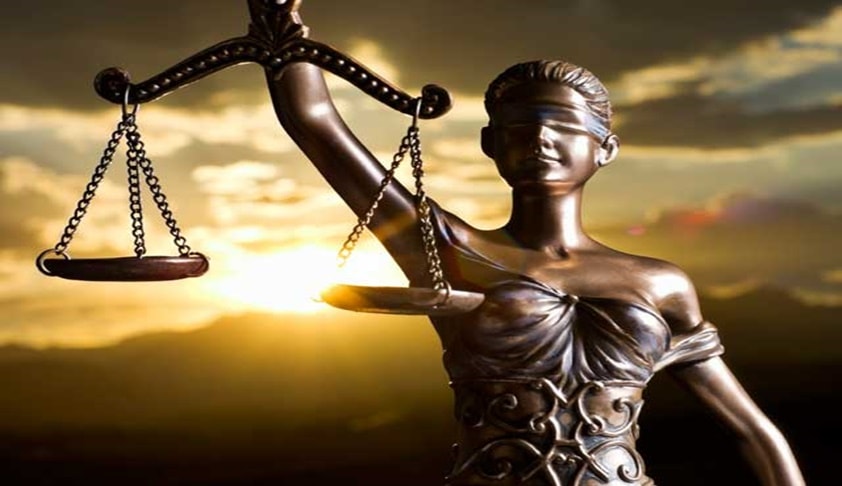The justice system has itself become the biggest hurdle in the administration of justice. It is evident from the way the Nirbhaya gang-rape and murder case is progressing. One of the convicts, Pawan Kumar Gupta, 25, had filed a curative petition before the Supreme Court — one of the final legal remedies available to him in the case — February 28. It was heard by a five-judge bench comprising justices NV Ramana, Arun Mishra, RF Nariman, R Banumathi and Ashok Bhushan, March 2 (just a day ahead of the scheduled execution of the convicts). They dismissed the plea citing that it did not have grounds meriting interference. The court also dismissed petitions challenging the rejection of their mercy pleas made by Akshay Thakur, 31, Vinay Sharma, 26, and another plea seeking a stay on the execution of the death warrant. But any relief the dismissal of petitions gave was short-lived as Pawan proceeded to file a mercy petition to the President. That means, even if the President’s office were to dismiss the petition March 2 itself, the execution will have to be carried out only after 14 days. The actions of the lawyer representing Pawan indicate deliberate attempts at stalling proceedings of the court in a case that has come to exemplify brutality against women. It has been a watershed in many ways, although there is a long way still to go in making its impact felt across society. The case awoke the country to the horrific state of affairs in women’s safety and made it react in unprecedented ways. It even acted as the catalyst that brought about the eclipse of the Congress-led UPA II. But that did not stop similar brutalities to be committed against women across the country. One such brutal rape-murder was reported some time back from near Hyderabad. When this young veterinarian was raped and murdered, and her body was burnt by the perpetrators to escape detection and punishment, the Telangana Police quickly caught up with the supposed rapists/killers and ended the proper investigation and trial by means of an encounter killing that could have resulted in the slaying of unconnected citizens too. The incident bore witness to the impatience with the justice system creeping in among not just the public but also the police. This vigilante attitude of the police could become the new norm which would be appreciated by the people unless and until they themselves line up at the wrong end of the gun. Again the more recent rape and killing of a minor in the same city has not drawn much attention probably because the victim was from a poor family.
While the judiciary is lamenting the docket explosion and inadequacy of judges to hear cases, delay in delivery of justice has become a reality even with the most sensational of cases. As the pile up continues, though, more Nirbhayas are being made to wait indefinitely for justice. Much to the agony of Nirbhaya’s parents and the rest of the country, the four convicts have succeeded in escaping the rope for the third time as the apex court has now ruled that they will not be hanged today (March 3, 2020) and the executions can be carried out only 14 days after the President rejects convict Pawan Gupta’s mercy petition. On the contrary, the kin of Nirbhaya were confident that with the apex court’s dismissal of the petition seeking stay on the execution, the executions will be carried out on schedule. However, legalities proved to be a hurdle. It is clear now that the lawyers representing the convicts are stalling the case. Even the Supreme Court has had to come out with fresh guidelines on the filing of review or curative petitions against the backdrop of the case. The apex court has decided that any appeal in a case involving the death penalty will be listed before it within six months of the High Court verdict.
The top court has made it binding upon itself to set up a three-judge bench within that deadline to hear such a case, irrespective of whether the appeal is ready or not. But these may not effectively deter appellants from resorting to delaying tactics. The system now needs to take an honest look at its shortcomings in protecting the rights of the victims. Currently, it is loaded disproportionately in favour of convicts and those accused of crimes. This has to change. Justice in the Nirbhaya case should not be delayed any further. It will destroy whatever little trust people still repose on the judicial system. At the same time, scrupulous care must be taken to ensure no space is created for indiscriminate justice dispensing.
